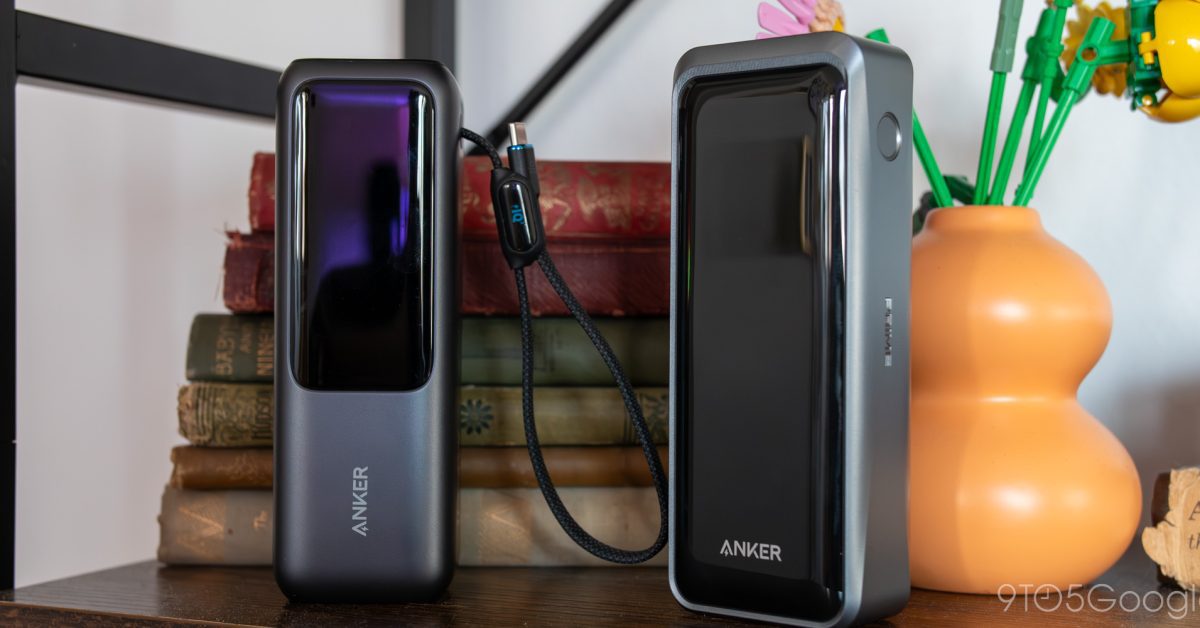
this hacker conference installed a literal antivirus New Zealand’s Kawaiicon has taken an innovative approach to ensure the health and safety of its attendees by implementing a real-time carbon dioxide monitoring system throughout its venue.
this hacker conference installed a literal antivirus
Background on Kawaiicon
Kawaiicon is New Zealand’s premier hacker conference, attracting a diverse group of cybersecurity professionals, enthusiasts, and hackers from around the globe. The event serves as a platform for sharing knowledge, networking, and discussing the latest trends in cybersecurity. However, like many conventions, it has faced challenges related to attendee health, particularly the phenomenon commonly referred to as “con crud.” This term describes the various illnesses that often circulate among attendees due to close quarters and shared spaces.
Addressing the “Con Crud” Challenge
To combat the potential spread of illness, Kawaiicon organizers decided to take proactive measures. On November 6, before the conference officially opened its doors, they installed a network of DIY carbon dioxide (CO2) monitors throughout the Michael Fowler Centre, the venue for this year’s event. The goal was to provide real-time air quality data to attendees, allowing them to make informed decisions about their environment.
The Importance of CO2 Monitoring
Carbon dioxide levels can serve as an indirect indicator of air quality and ventilation effectiveness. High CO2 concentrations often correlate with poor ventilation, which can lead to the accumulation of airborne pathogens and other contaminants. By monitoring CO2 levels, Kawaiicon aimed to create a safer environment for its attendees, reducing the likelihood of illness during and after the conference.
Implementation of the Monitoring System
The DIY CO2 monitoring system was designed to be user-friendly and accessible. Attendees could check a public online dashboard that displayed real-time CO2 readings for various locations within the venue, including session rooms, kids’ areas, and the front desk. This transparency allowed participants to gauge air quality before even arriving at the conference, fostering a sense of security and awareness.
The decision to implement this system reflects a broader trend in event planning, where organizers are increasingly prioritizing attendee health and safety. By leveraging technology and innovative solutions, Kawaiicon has set a precedent for future conferences, particularly in the tech and cybersecurity sectors.
Reactions from the Community
The response from the cybersecurity community has been overwhelmingly positive. Jeff Moss, the founder of the renowned Defcon and Black Hat security conferences, praised Kawaiicon’s initiative. He noted that while CO2 is often used as a proxy for various environmental factors, there has been a lack of affordable and effective monitoring solutions available in the market. Moss emphasized that Kawaiicon’s approach embodies the true spirit of hacking—using creativity and resourcefulness to solve real-world problems.
Broader Implications for Conferences
Kawaiicon’s initiative could have far-reaching implications for other conferences and events. As the world continues to grapple with health concerns, particularly in the wake of the COVID-19 pandemic, event organizers are under increasing pressure to ensure the safety of their attendees. The successful implementation of a CO2 monitoring system could inspire similar measures at other conventions, leading to a new standard in event safety protocols.
Moreover, the use of technology to monitor air quality aligns with growing public awareness regarding health and safety. Attendees are becoming more conscious of their environments and are likely to appreciate events that prioritize their well-being. This trend could influence attendance rates, as individuals may choose to participate in events that demonstrate a commitment to health and safety.
Technical Aspects of the Monitoring System
The technical implementation of the CO2 monitoring system involved several key components. The organizers utilized DIY kits to create the monitors, which were strategically placed throughout the venue. These monitors were equipped with sensors capable of detecting CO2 levels and transmitting data to a centralized dashboard.
Data Accessibility and User Interface
The online dashboard was designed to be intuitive and user-friendly. Attendees could easily navigate the interface to view CO2 levels in real time. This accessibility was crucial in fostering trust and encouraging attendees to engage with the data. By providing a clear visual representation of air quality, Kawaiicon empowered participants to make informed decisions about their surroundings.
Potential for Future Enhancements
While the initial implementation of the CO2 monitoring system was a significant step forward, there is potential for further enhancements in the future. For instance, integrating additional environmental sensors—such as those measuring particulate matter, temperature, and humidity—could provide a more comprehensive view of air quality. This data could help attendees better understand the overall safety of their environment.
Furthermore, the system could be expanded to include alerts or notifications for attendees when CO2 levels exceed recommended thresholds. Such features would enhance the proactive nature of the monitoring system, allowing individuals to take immediate action if necessary.
Conclusion
Kawaiicon’s implementation of a real-time carbon dioxide monitoring system marks a significant advancement in the approach to attendee health and safety at conferences. By prioritizing air quality and transparency, the organizers have set a new standard for event planning within the cybersecurity community and beyond. As the world continues to navigate health challenges, the lessons learned from Kawaiicon’s initiative could pave the way for safer, more responsible gatherings in the future.
As the cybersecurity landscape evolves, so too must the strategies employed by event organizers to ensure the well-being of their attendees. Kawaiicon’s innovative approach serves as a model for future conferences, demonstrating that with creativity and resourcefulness, it is possible to address pressing health concerns while fostering a vibrant community of knowledge-sharing and collaboration.
Source: Original report
Was this helpful?
Last Modified: November 22, 2025 at 6:35 pm
6 views















